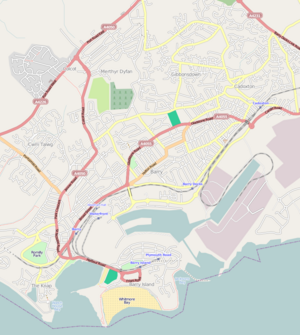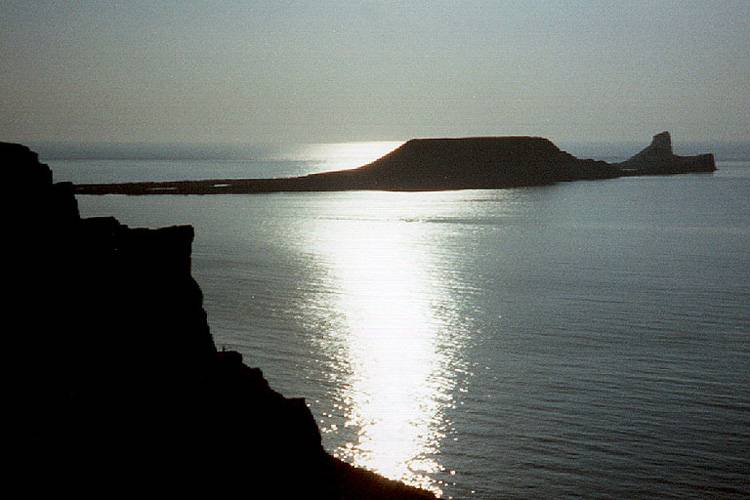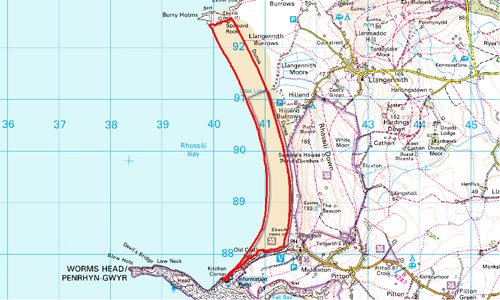
Click the above logo to return to the main site
macausland wrote:Writing is risky as is memorising history and knowledge as the druids of Anglesey discovered.


spiral wrote:You ain't gonna understand it if you don't play chess.......Or the megalithic role of Jack.


hvered wrote:spiral wrote:You ain't gonna understand it if you don't play chess.......Or the megalithic role of Jack.
There are jacks (knaves/ jokers) in packs of cards. There were fifty-two counties of England and Wales, apparently a popular motif in packs of 52 cards. By coincidence or not, there are 52 weeks in the year.
Toward the head itself, or that part which is farthest out in the sea, there is a small cleft or crevice in the ground, into which if you throw a handful of dust or sand, it will be blown back again into the air. But if you kneel or lie down, and lay your ears to it, you will then hear distinctly the deep noise of a prodigious large bellows. The reason is obvious; for the reciprocal motion of the sea, under the arch'd and rocky hollow of this headland, or promontory, makes an inspiration and expiration of the air, through the cleft, and that alternately; and consequently the noise, as of a pair of bellows in motion

Users browsing this forum: No registered users and 5 guests